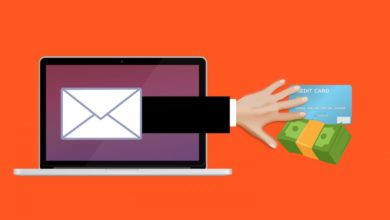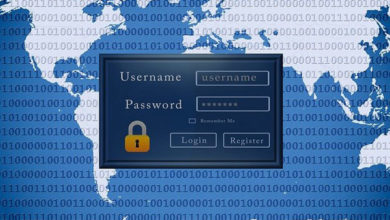Getting Started With SOC 2 Compliance For Your SaaS Startup
KEY TAKEAWAYS
As a business, it is essential to have the necessary security procedures and standards in place in order to protect your customers’ data. This is especially true now when cyberattacks and data leaks become increasingly common and have a more powerful impact on people’s lives than ever before.
Therefore, it is crucial to invest in advanced cybersecurity systems to ensure the protection of sensitive data. But this is not enough. Businesses must also adhere to security compliance standards in order to reduce the risk of data breaches and ensure the security of customers’ information.
This is why standards like SOC 2 (System and Organization Controls), which is a voluntary compliance standard, were put in place. Businesses compliant with the SOC2 standard are automatically more trustworthy, as it shows they took the necessary steps to increase their level of security.
Therefore, if you want to make sure your SaaS startup has all the chances to succeed, you should think about getting your SOC 2 compliance. If you don’t know what this is and how to get started, keep reading.
What is SOC 2 Compliance?
SOC 2 is a standard developed by the AICPA (American Institute of Certified Public Accountants) and is based on a series of Trust Services Principles and Criteria (security, availability, processing integrity, confidentiality, privacy).
The main purpose of this standard is to teach organizations how to manage customer data and to assess if the necessary measures and methodologies are in place. So, for a company to be recognized as compliant, it would have to go through a yearly auditing procedure that assesses how well service providers protect the security, confidentiality, and privacy of their customers’ data.
To make sure no lines are crossed, the audit is performed by an independent third-party auditor. If the results are positive, customers and stakeholders can trust that their data is being managed appropriately.
SOC 2 Trust Services Criteria
As we already mentioned, the certification for SOC 2 is based on 5 Trust Services Principles and Criteria. Businesses must understand that these don’t go together as a package, but rather, each criteria represents an area of focus.
Therefore, when getting an SOC 2 certification, organizations can decide which of these criteria they want to cover and develop. For instance, the Security and Confidentiality criteria are essential for SaaS businesses, since they handle sensitive information.
Moreover, if you process lots of customers’ data, you should also get the Processing Integrity criteria on the list.
While most SaaS companies will get the Security, Availability, and Confidentiality criteria, if you’re running a consulting business, you can drop the Availability one. Also, when it comes to Privacy, many companies choose to follow the GDPR guidelines and ditch getting the SOC 2 Privacy criteria.
Finding the Right Compliance Solutions
The SOC 2 certification requires SaaS companies to develop, implement, and follow strict data security procedures and policies.
For instance, organizations must monitor their entire technical infrastructure for unusual activities and changes that could lead to attacks like ransomware, phishing, or more. Plus, companies must also be on their toes about more recent methods, like zero-day attacks and more.
This is why SOC 2 compliance solutions can vary from one company to another. The guidelines ask for constant monitoring and a well-devised incident response strategy, but each organization can decide on the tools to use. All that matters is that the data stays safe as any attempts of a breach are met with a decisive blow.
Keeping Employees in the Loop
Besides implementing an advanced security system and having well-designed policies, organizations must also consider training their employees to recognize attacks like phishing, or social engineering.
This is especially important with remote employees and collaborators, who have to be extra careful about the tools and networks they use to connect to company-owned resources. One way to keep attackers at bay is to implement a zero trust security policy, where all users, regardless of their location, undergo several levels of authentication before they are allowed access to the company’s systems.
Wrap Up
Even if SOC 2 compliance certification was not on your list, as a SaaS provider, you will be forced to get it in the near future. That’s because more customers and companies understand the risks of having their data breached, and only accept doing business with organizations that are SOC 2 compliant.




